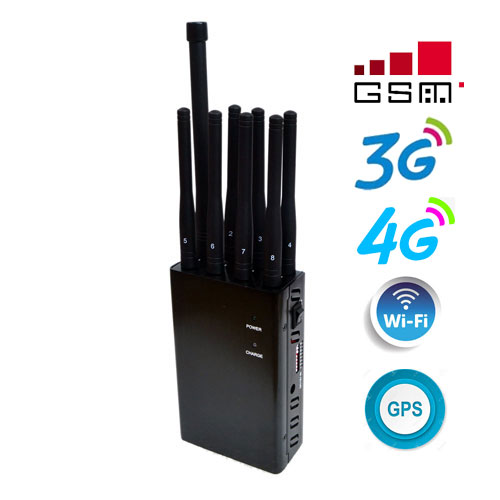In the Philippines, as part of the campaign against human trafficking, government immigration officials used mobile jammers at Ninoy Aquino International Airport (NAIA).
Immigration said it plans to install high-performance jammers in all of the country’s international airports.
Immigration chief Ronaldo Ledesma said the jammer was a tool to help curb airport traffic.
Ledesma added that the trafficking group connects cell phones to the intended victims.
An immigration official asked not to call it, he said: “The usual destination for traffickers is the travel visa for foreign Filipino workers, the so-called travelers.”
Immigration officials said how the gangs work “sometimes they are only with a few immigration officers at the airport and display the intended victim or victim of cell phones at a specific queue or counter.
The use of cell phone jammer is one of several measures undertaken by business intelligence and interinstitutional anti-trafficking programs, and it has been reported that there has been an increase in the number of Filipino trafficking cases.
Ledesma emphasized: “These mobile jammers will certainly strengthen our fight against human trafficking.”
He said that the office’s real estate department had been ordered to obtain the necessary licenses from the National
To receive the Telecommunications Commission (NTC) to operate the NAIA handsets again as soon as possible.
The Commission is a government agency under the Ministry of Justice that oversees the implementation of Act No. 9208 or the 2003 Anti-Trafficking Act.
John Tugade, head of the BI real estate department, said the jammers and their servers are still available in NAIA.
